Keynote Forums
- Sound field control
- Engineered materials for noise and vibration control
- Big data and machine learning in vibration and acoustics
Day 1: 10 JANUARY 2023
Engineered materials for noise and vibration control
- Kon-Well Wang, University of Michigan, Reconfigurable Metastructures – From Wave & Vibration Controls to Mechano-Intelligence
- Heow Pueh Lee, National University of Singapore, Taming the noise with a sonic crystal
- François Gautier, Université du Maine, Vibration mitigation using gradients of mechanical properties : Acoustic Black Hole Effect and Metaplates
Roberto Arruda, University of Campinas
Prof. Guglielmo S. Aglietti, Director of the Space Institute, Te Pūnaha Ātea, University of Auckland, NZ
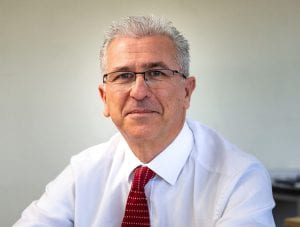
Professor Guglielmo Aglietti is an internationally leading expert in space engineering and, in particular, space structures and mechanisms. His career started as a stress analyst at Alenia Spazio, working at the Columbus module of the international space station. Then worked at the European Space Agency and in 1995 moved to the University of Southampton (UK) where he obtained a PhD and progressed his academic career obtaining a personal Chair, becoming the head of the Astronautics Research Group. His activities spanned from academic research & teaching to consultancy for industry, covering both theoretical work and experimental activity.
Awarded RAEng Research Chair in Space Engineering, became Director of the Surrey Space Centre (University of Surrey, UK), with responsibilities covering all its research groups, working on a range of topics from space missions design and delivery, to hardware development (from concept design to Manufacturing Assembly Integration and Testing) to downstream applications, including educational & knowledge transfer activities. Principal investigator of pioneering missions for technology demonstrations like active removal of space debris, his work has been presented at the leading international conferences, giving keynote lectures and featured on various media outlets and it is described in over 250 publications. Currently, he is the Director of the Space Institute at the University of Auckland.
NOVEM 2023
Day(s)
:
Hour(s)
:
Minute(s)
:
Second(s)
Ngā mihi nui
Thank you for attending NOVEM 2023. See you in the South of Germany, 2025.
Kon-Well Wang
Dr. Kon-Well Wang is the Stephen P. Timoshenko Professor of Mechanical Engineering (ME) at the University of Michigan (U-M). He has been the U-M ME Department Chair from 2008 to 2018, and has...
Heow Pueh Lee
Dr Heow Pueh Lee is a Professor and the Deputy Head for Research at the Department of Mechanical Engineering, College of Design and Engineering, National University of Singapore. He obtained his...
François Gautier
Francois Gautier is a full professor at the University of Le Mans (France) since 2008. He holds a PhD in Acoustics from the University of Le Mans obtained in 1997. He is also an aeronautical...
Day 2: 11 JANUARY 2023
Big data and machine learning in vibration and acoustics
- Kyle B Gustafson, Naval Surface Warfare Centre, Data-driven structural acoustics for Naval applications including Digital Twin
- Nikolaos Dervilis, University of Sheffield, Big data for vibration diagnostics
- Marcus Mäder, Technical University of Munich, TUM School of Engineering and Design, A Change in Paradigm – From big data to high quality data
Steffen Marburg, Technical University of Munich
Stuart Bolton, Purdue University
Kyle Gustafson
Kyle Gustafson serves as a Science Director (International Program Officer) for Mission Capable, Persistent, and Survivable Platforms at the Office of Naval Research Global, based in Sao Paulo,...
Nikolaos Dervilis
Nikolaos Dervilis is a Professor in the Department of Mechanical Engineering at the University of Sheffield and a member of the Dynamics Research Group (DRG). He studied physics in the National...
Marcus Maeder
Doctor Maeder is a fully employed Research Associate at the Chair of Vibroacoustics of Vehicles and Machines at the Technical University of Munich (TUM), Germany. There, he also received his...
Day 3: 12 JANUARY 2023
Sound field control
- Efren Fernandez-Grande, Technical University of Denmark: Large-scale capture and modelling of acoustic fields
- Jung-Woo Choi, Korea Advanced Institute of Science and Technology (KAIST): Sound field control in real and virtual auditory space
- Shuichi Sakamoto, Tohoku University, Japan, Binaural sound field recording and reproduction using spherical microphone arrays
Jeong-Guon Ih, Korea Advanced Institute of Science and Technology
Weikang Jiang, Shanghai Jiao Tong University
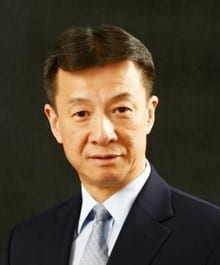
Dr. Weikang Jiang is a distinguished professor of Shanghai Jiao Tong University(SJTU), and the director of the Institute of Vibration, Shock & Noise at the School of Mechanical Engineering. He is the chair of Technical Committee on Noise and Vibration Control of the Vibration Engineering Society of China, and the chair of Technical Committee on Computational Acoustics of the Acoustics Society of China.
Dr. Jiang received the B.Sc and Ph.D from SJTU in 1982 and 1990 respectively. He has been teaching at SJTU since 1990. His research interests are near field acoustic holography, beam forming, efficient numeric computation of acoustic problems, vib-acoustic problems, and reduction of noise and vibration. He completed 7 national natural science funds, and more than 70 contract projects collaborated with industries. He has had more than 200 peer reviewed journal papers. He received the First Prize of Shanghai Science and Technology Invention in 2020, and other 4 awards for Science and Technology.
Dr. Weikang Jiang’s personal home page is as follows: https://wkjiang.sjtu.edu.cn/EnglishWe
Efren Fernandez-Grande
Efren Fernandez-Grande is an Associate Professor in the Acoustic Technology group, Department of Electrical Engineering at the Technical University of Denmark (DTU). His research interests are in...
Jung-Woo Choi
Dr. Jung-Woo Choi is an Associate Professor at the School of Electrical Engineering, Korea Advanced Institute of Science and Technology (KAIST), South Korea. His current research interests...
Shuichi Sakamoto
Shuichi Sakamoto received his B.S., M.Sc., and Ph.D. from Tohoku University, in 1995, 1997, and 2004, respectively. He joined the Research Institute of Electrical Communication, Tohoku...

Marcus Maeder
Hong Kong University of Science and Technology
A Change in Paradigm – From big data to high-quality data
Doctor Maeder is a fully employed Research Associate at the Chair of Vibroacoustics of Vehicles and Machines at the Technical University of Munich (TUM), Germany. There, he also received his doctoral degree in Engineering Mechanics with his work “Sound and vibration in a mixed frame – Applications in aeroacoustics and rotor dynamics”. Doctor Maeder is the author and co-author of numerous peer-reviewed journal articles, a book chapter, a patent, and over 40 conference contributions on various research topics in numerical and experimental vibroacoustics. Specifically, this includes applications in the automotive and aerospace sector, civil engineering, medical equipment, and material property identification of monolithic and carbon composite structures. His research is based on the pillars of theory, numerical methods, experiments, and data-driven approaches to understanding wave propagation in solids and fluids as well as their interaction. In addition to his research, doctor Maeder is teaching courses in “Machine Learning” and “Experimental Vibroacoustics” at TUM as well as “Noise, Vibration, and Harshness” at Tongji University, Shanghai, China. Currently, he is a member of the board of review editors for Frontiers in Built Environment and is regularly reviewing for numerous international journals.
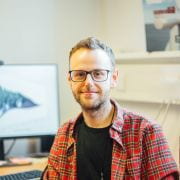
Nikolaos Dervilis
University of Sheffield
Big data for vibration diagnostics
Nikolaos Dervilis is a Professor in the Department of Mechanical Engineering at the University of Sheffield and a member of the Dynamics Research Group (DRG). He studied physics in the National and Kapodistrian University of Athens. Later, he obtained his MSc in Sustainable and Renewable Energy Systems from the University of Edinburgh in the Department of Electronics and Electrical Engineering. He obtained his PhD from the University of Sheffield, Mechanical Engineering Department in the field of machine learning for Structural Health Monitoring (SHM). His expertise focuses on SHM, pattern recognition, data analysis and nonlinear dynamics. He is especially engaged with renewable energy research, particularly wind turbine farms.

Kyle B Gustafson
Naval Surface Warfare Center, Carderock
Data-driven structural acoustics for Naval applications including Digital Twin
Kyle Gustafson serves as a Science Director (International Program Officer) for Mission Capable, Persistent, and Survivable Platforms at the Office of Naval Research Global, based in Sao Paulo, with responsibility for technology awareness and academic research relationships in Brazil, Argentina, and Uruguay. He is on detail from the Emerging Technology branch within the Signatures Department at the Naval Surface Warfare Center, Carderock Division (NSWCCD). Dr. Gustafson is a transdisciplinary physicist with experience in computational plasma physics, systems biology, circadian genomics, nonlinear dynamics, infectious disease modeling, underwater and structural acoustics, Digital Twin, and time series analysis for maritime applications. He has expertise in data-driven cyber-physical machine learning models, high-performance computing, genomic data analysis, infectious disease modeling, and numerical methods in plasma physics.
Dr. Gustafson earned his PhD in Physics as a Fellow of the Fannie and John Hertz Foundation at the University of Maryland. He wrote his thesis on gyrokinetic methods in high-performance computational plasma physics with Prof. Bill Dorland. Then he was awarded a National Science Foundation International Research Fellowship for postdoctoral work with Prof. Paolo Ricci at the Swiss Plasma Center (formerly CRPP) in Lausanne, Switzerland at the EPFL. At EPFL, he pivoted to systems biology and studied mammalian cell rhythmic genomics with Prof. Felix Naef and Prof. Winship Herr at the University of Lausanne, affiliated with the Swiss Insitute of Bioinformatics. He returned to the US in Seattle where he worked on spatiotemporal models of Ebola and malaria with Dr. Joshua L. Proctor at the Institute for Disease Modeling, which is now part of the Bill and Melinda Gates Foundation. He joined the Signatures Department at NSWCCD at the NBK Bangor Detachment in 2018.

Shuichi Sakamoto
Tohoku University, Japan
Binaural sound field recording and reproduction using spherical microphone arrays
Shuichi Sakamoto received his B.S., M.Sc., and Ph.D. from Tohoku University, in 1995, 1997, and 2004, respectively. He joined the Research Institute of Electrical Communication, Tohoku University, as a Research Associate in 2000. He was then appointed an Associate Professor in 2011. He has been a Professor at the Research Institute of Electrical Communication, Tohoku University, since 2019 and was a Visiting Researcher at McGill University, Montreal, Canada, from 2007 to 2008. His research interests include the development of high-definition three-dimensional audio-recording systems and human multisensory information processing, including hearing and speech perception. He is an Editorial Board Member of Frontiers in Psychology, Auditory Perception & Cognition. He is also a Member of the Acoustical Society of America, Acoustical Society of Japan, and others.
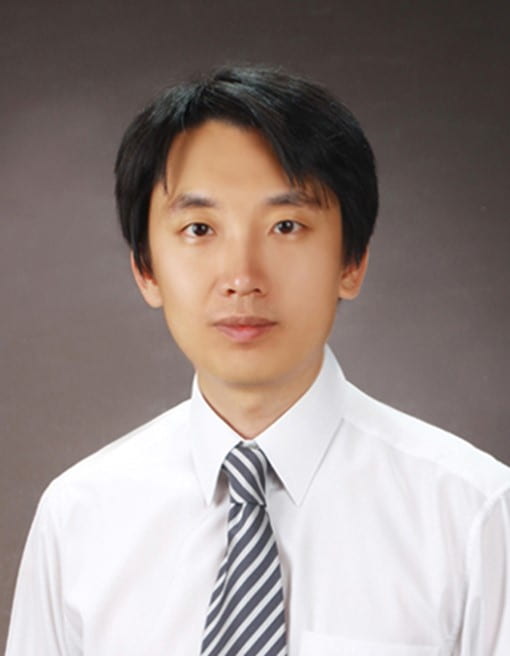
Jung-Woo Choi
Korea Advanced Institute of Science and Technology (KAIST)
Sound field control in real and virtual auditory space
Dr. Jung-Woo Choi is an Associate Professor at the School of Electrical Engineering, Korea Advanced Institute of Science and Technology (KAIST), South Korea. His current research interests include sound field reproduction, personal audio, array signal processing, and deep learning approaches for spatial audio applications. His work includes two books in the field of spatial audio and publications of more than 100 journal and conference papers with a total of 1900 citations. Dr. Choi received his B.Sc., M.Sc., and Ph.D. degrees in Mechanical Engineering from KAIST in 1999, 2001 and 2005, respectively, and worked as a postdoctoral researcher with the Institute of Sound and Vibration Research at the University of Southampton, U.K, in 2006. He was with the Samsung Advanced Institute of Technology, Samsung Electronics, South Korea from 2007 to 2011. He served as an editorial board member of Mechanical Systems and Signal Processing, from 2017 to 2020. He delivered his plenary lecture on the Sound Sketch at the Inter-Noise 2014 and was awarded the 2018 Technology Innovation Award from the KAIST College of Engineering.
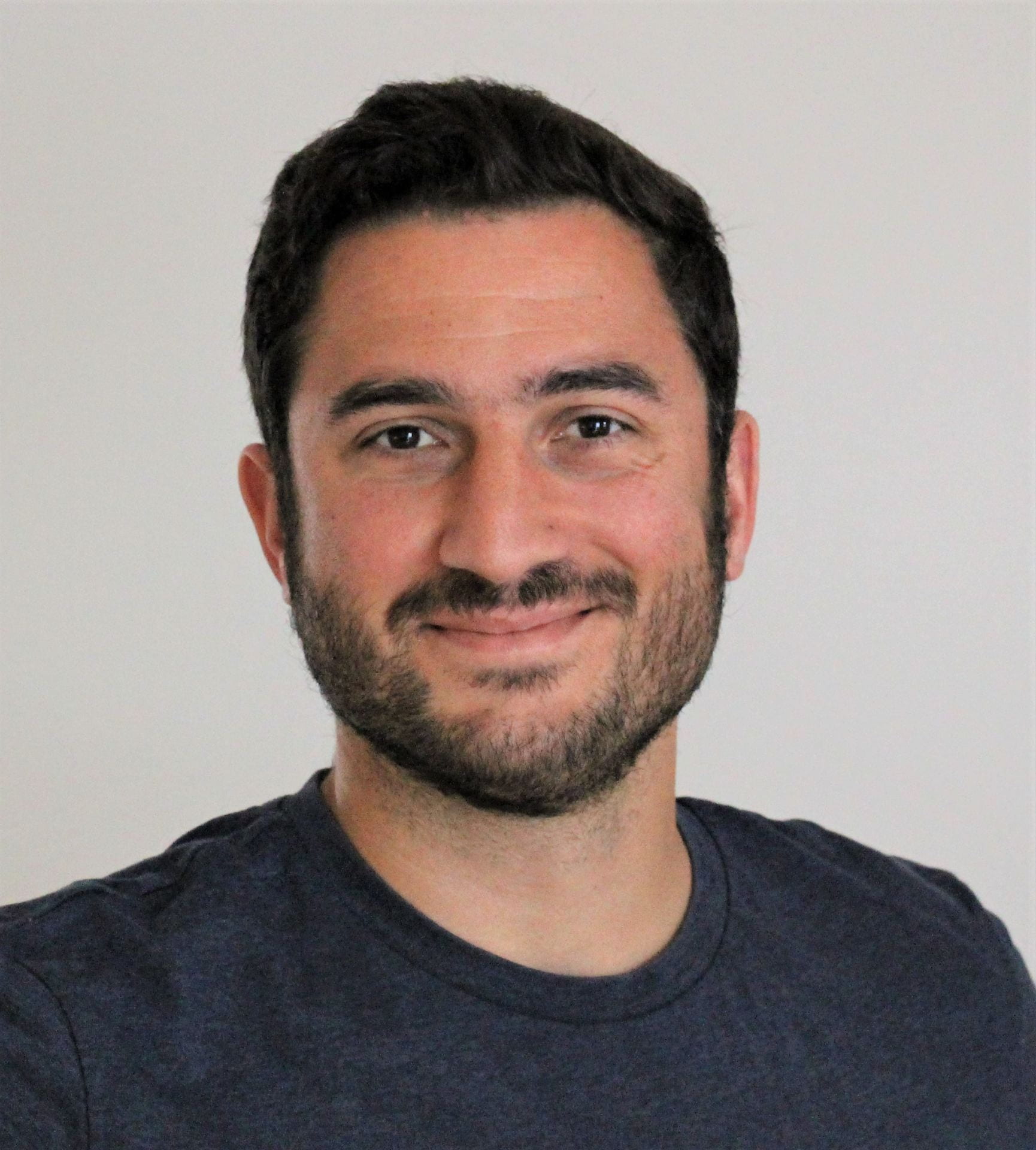
Efren Fernandez-Grande
Technical University of Denmark
Large-scale capture and modelling of acoustic fields
Efren Fernandez-Grande is an Associate Professor in the Department of Electrical and Photonics Engineering at the Technical University of Denmark (DTU). His core area of research lies in the intersection of acoustics, signal processing and measurement methods. His research focuses on advancing how we sense, interact with and manipulate audible sound fields. Efren received his PhD from DTU in 2012 and obtained a postdoctoral fellowship from the Danish Council for Independent Research (2012-2014) before joining DTU as faculty in 2014. He teaches various courses in physical acoustics and signal processing, and is the head of the MSc in Engineering Acoustics at DTU. Efren is a fellow of the Acoustical Society of America, a VILLUM Young Investigator, and the Chair of the Technical Committee in Audio Signal Processing of the European Acoustics Association. He serves as Associate Editor for the Journal of the Acoustical Society of America and for Mechanical Systems Signal Processing.
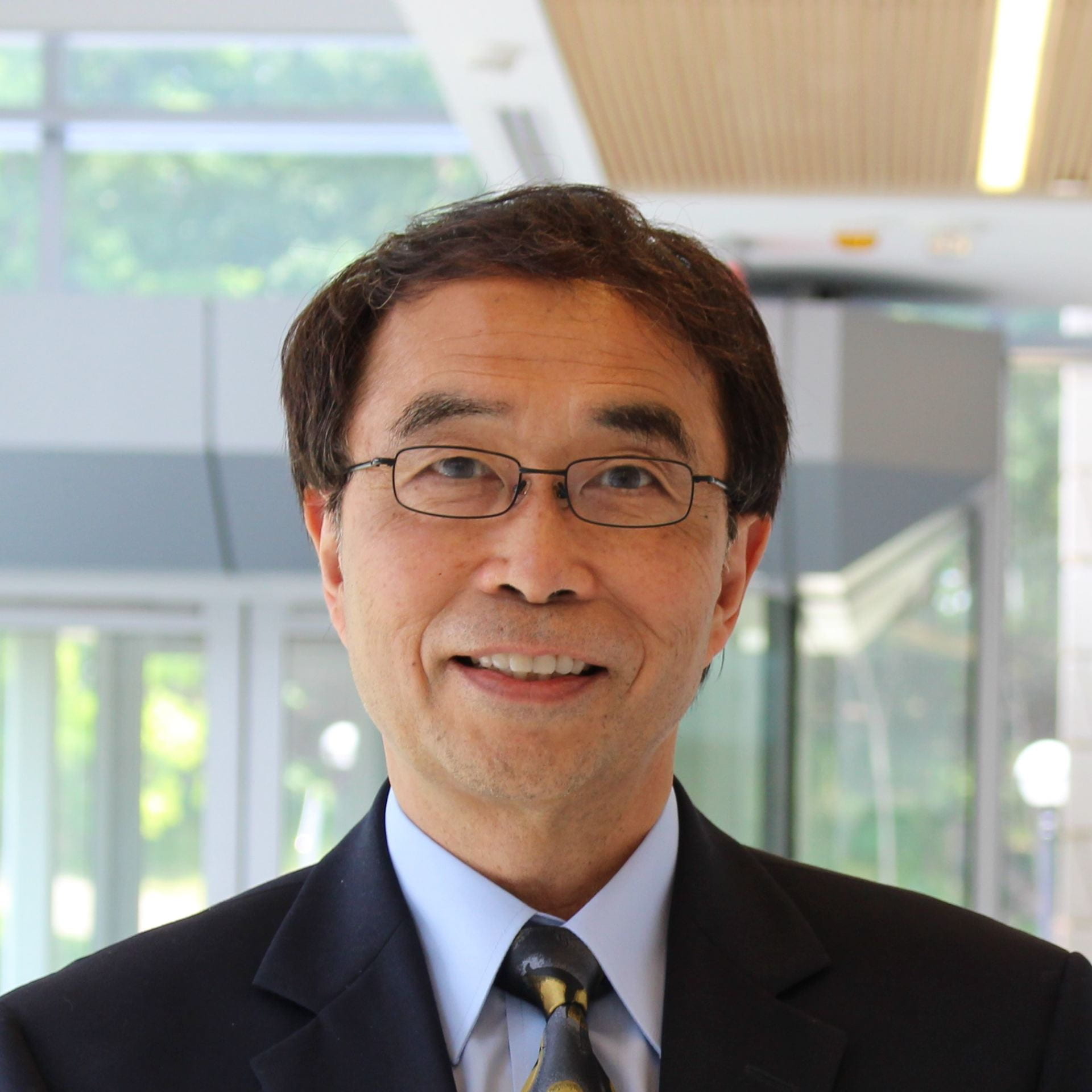
Dr. Kon-Well Wang
University of Michigan
Reconfigurable Metastructures – From Wave & Vibration Controls to Mechano-Intelligence
Dr. Kon-Well Wang is the Stephen P. Timoshenko Professor of Mechanical Engineering (ME) at the University of Michigan (U-M). He has been the U-M ME Department Chair from 2008 to 2018, and has served as a Division Director at the U.S. National Science Foundation for two years, 2019-20, via an Executive Intergovernmental Personnel Act rotator appointment. Dr. Wang received his Ph.D. degree from the University of California at Berkeley, worked at the General Motors Research Labs as a Sr. Research Engineer, and started his academic career at the Pennsylvania State University in 1988. At Penn State, Dr. Wang has served as the William E. Diefenderfer Chaired Professor, co-founder and Associate Director of the Vertical Lift Research Center of Excellence, and a Group Leader for the Center for Acoustics & Vibration. He joined the U-M in 2008. Dr. Wang’s main technical interests are in structural dynamics and controls, especially in the emerging fields of programmable metastructures and metamaterials, origami mechanics & dynamics, and intelligent structural & material systems, with applications in vibration, wave & noise controls, energy harvesting, and sensing & monitoring. He has received various recognitions, such as the ASME Rayleigh Lecture Award, the Pi Tau Sigma-ASME Charles Russ Richards Memorial Award, the ASME J.P. Den Hartog Award, the SPIE Smart Structures and Materials Lifetime Achievement Award, the ASME Adaptive Structures and Materials Systems Prize, the ASME N.O. Myklestad Award, and the ASME Rudolf Kalman Award. He has been Chair of the ASME Technical Committee on Vibration and Sound and ASME ME Department Heads Executive Committee, Editor in Chief for the ASME Journal of Vibration & Acoustics, and an Associate Editor or Editorial Board Member for many journals. Dr. Wang is a Fellow of the ASME, AAAS, and IOP.
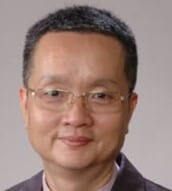
Heow Pueh LEE
Department of Mechanical Engineering, College of Design and Engineering, National University of Singapore
Taming the Noise with a Sonic Crystal
Dr Heow Pueh Lee is a Professor and the Deputy Head for Research at the Department of Mechanical Engineering, College of Design and Engineering, National University of Singapore. He obtained his Bachelor degree from the University of Cambridge, Master of Engineering from the National University of Singapore, Master of Science and PhD from Stanford University. He was seconded to the Institute of High Performance Computing, Agency for Science, Technology and Research from 2002 to 2007 as the Deputy Executive Director for Research. He was a recipient of the Singapore Minister for National Development’s R&D Awards 2017 (Merit Award). The design of cantilevered jagged-edge noise barriers can be found in many construction sites along the new Thomson-East Coast Line of the Mass Rapid Transit system. His research efforts concentrate on characterization of sound and the design of acoustic meta-structures (manmade and non-existence in nature), in particular for low frequency regime where existing acoustic mitigation solutions fail. While he emphasizes on new insights of meta-materials designs from physics-based approaches, he also actively pursues the potential applications of technology for mitigation of environmental noise in densely populated cities. His is an Associate Editor for Applied Acoustics (Elsevier), and Member of Editorial Board for Acta Mechanica Sinica (Springer), International Journal of Applied Mechanics (World Scientific), Design (MDPI), and Acoustics (MDPI).
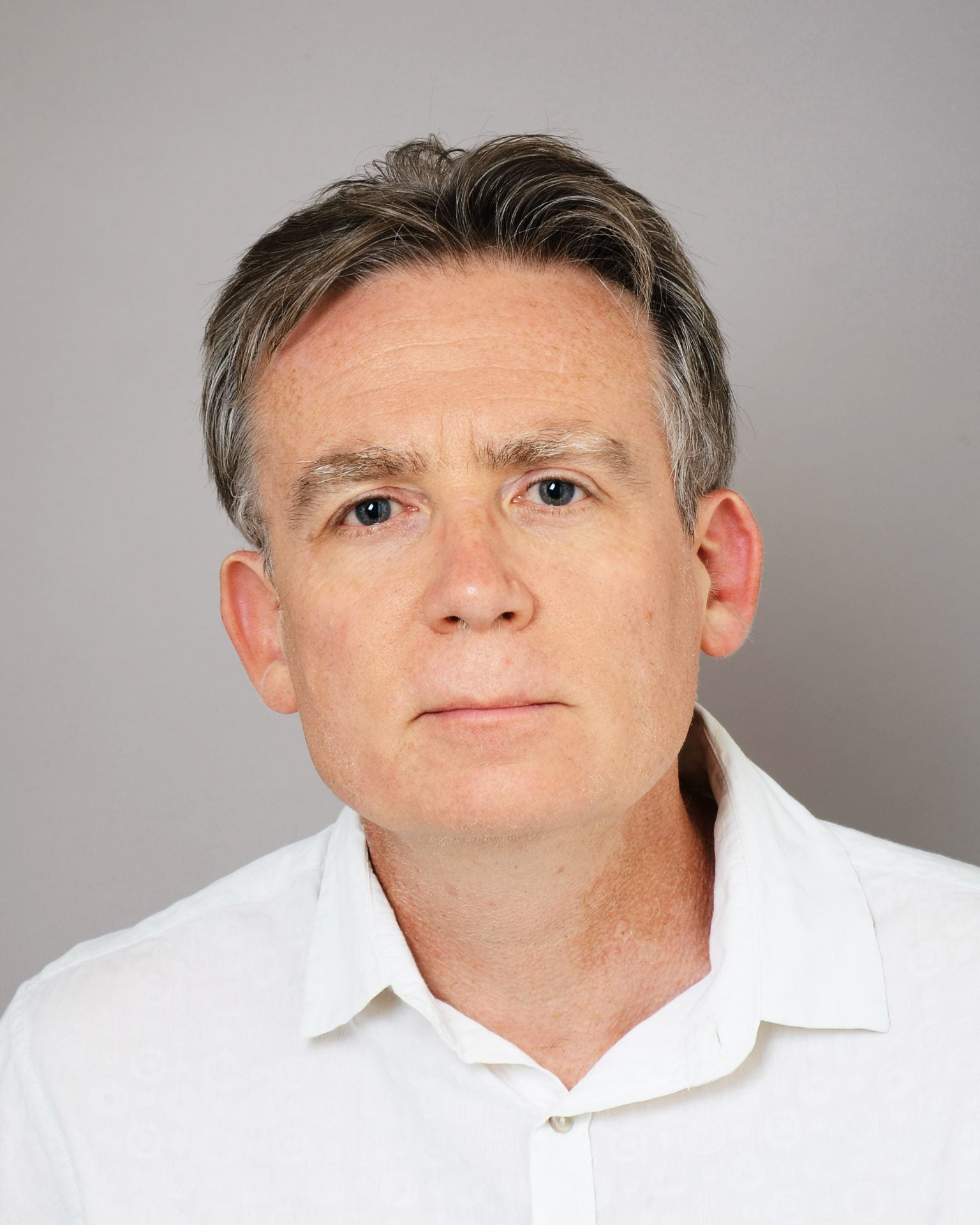
Francois Gautier
Le Mans University, France
Vibration mitigation using gradients of mechanical properties: Acoustic Black Hole Effect and Metaplates
Francois Gautier is a full professor at the University of Le Mans (France) since 2008. He holds a PhD in Acoustics from the University of Le Mans obtained in 1997. He is also an aeronautical engineer (ENSAE, Sup Aero, Toulouse, 1993) and has obtained a master’s degree in Astrophysics (Univ. P. Sabatier, Toulouse, France, 1993) and a master’s degree in music technology (ATIAM, Paris, 1994). He has been teaching acoustics and vibrations at the ENSIM engineering school (Ecole Nationale Supérieure d’Ingénieurs du Mans, France) since 1997; he was responsible for the Vibrations/Acoustics option at Ensim between 2005 and 2020. He is currently in charge of the engineering students’ projects. His main research areas are vibroacoustics, passive vibration control, acoustic black hole effect, physics of periodic architectural panels and application of vibroacoustics to the study of musical instruments.
He is involved as a coordinator or key person in many academic and industrial research projects related to vibroacoustics at LAUM (Laboratoire d’Acoustique de l’Université du Mans, UMR CNRS 6613). He also built collaborations in Vibroacoustics with numerous foreign institutes. He was guest editor of a special issue of the Journal of Sound and Vibration devoted to recent advances in the field of acoustic black holes.

